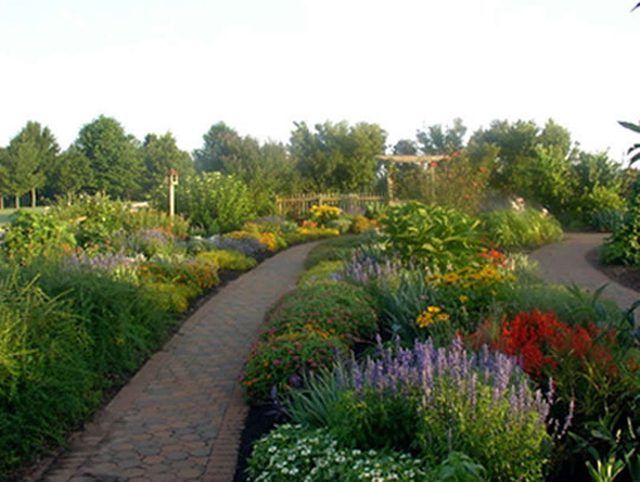Bulbs
Flower Basics
Flower Beds & Specialty Gardens
Flower Garden
Garden Furniture
Garden Gnomes
Garden Seeds
Garden Sheds
Garden Statues
Garden Tools & Supplies
Gardening Basics
Green & Organic
Groundcovers & Vines
Growing Annuals
Growing Basil
Growing Beans
Growing Berries
Growing Blueberries
Growing Cactus
Growing Corn
Growing Cotton
Growing Edibles
Growing Flowers
Growing Garlic
Growing Grapes
Growing Grass
Growing Herbs
Growing Jasmine
Growing Mint
Growing Mushrooms
Orchids
Growing Peanuts
Growing Perennials
Growing Plants
Growing Rosemary
Growing Roses
Growing Strawberries
Growing Sunflowers
Growing Thyme
Growing Tomatoes
Growing Tulips
Growing Vegetables
Herb Basics
Herb Garden
Indoor Growing
Landscaping Basics
Landscaping Patios
Landscaping Plants
Landscaping Shrubs
Landscaping Trees
Landscaping Walks & Pathways
Lawn Basics
Lawn Maintenance
Lawn Mowers
Lawn Ornaments
Lawn Planting
Lawn Tools
Outdoor Growing
Overall Landscape Planning
Pests, Weeds & Problems
Plant Basics
Rock Garden
Rose Garden
Shrubs
Soil
Specialty Gardens
Trees
Vegetable Garden
Yard Maintenance
How to Increase Soil's Alkaline Level
How to Increase Soil's Alkaline Level. The key to growing a healthy and thriving garden of any sort is having a good working knowledge of your soil. Plants have certain requirements that must be met or they will have stunted growth or be susceptible to pests. Knowing how to add to or decrease a soil's level of alkalinity will greatly improve the...

The key to growing a healthy and thriving garden of any sort is having a good working knowledge of your soil. Plants have certain requirements that must be met or they will have stunted growth or be susceptible to pests. Knowing how to add to or decrease a soil's level of alkalinity will greatly improve the chances of successful growth.
Understand the terms. pH is used to measure the level of acidity or alkalinity in soil from 0 to 14 with 7 being right in the middle and neutral. If you go above 7 the soil is said to be basic or alkaline while below 7 is acidic. Different nutrients are available to the plants as the acidity changes. Most plants prefer to be in the mid range, while others like azaleas or blueberries like it more acidic.
Take a soil test. You can do this several ways. Take a sample of dirt to your local garden center and ask them to test it for you. Purchase a soil testing kit and follow the directions. Purchase pH strips from an aquarium shop. Mix soil with equal parts of distilled water and stir well. Let the dirt settle and apply the water to the strip. Compare it to the color code on the bottle for the level of alkalinity. If your soil is under 6.5, then you will want to bring the alkalinity level up to around 7 by adding amendments to the soil.
Add chemical amendments lime to your soil. This is usually done with the addition of water, but you should follow the directions on the package. It may take several applications during the year to bring up the level to the right range. Other additions are wood ash which can be sprinkled over your yard. It reacts quickly as it is mainly calcium carbonate.
Use compost to balance the acidity of your garden. Mushroom compost, if you can get it is highly alkaline. Yard waste and kitchen garbage composted together will make a nutritious and slightly alkaline environment for your plants.
Keep all pine needles raked up out of your yard as well as oak leaves and birch leaves. They tend to be a little more acidic than other trees. They can be composted and used later when they have broken down.